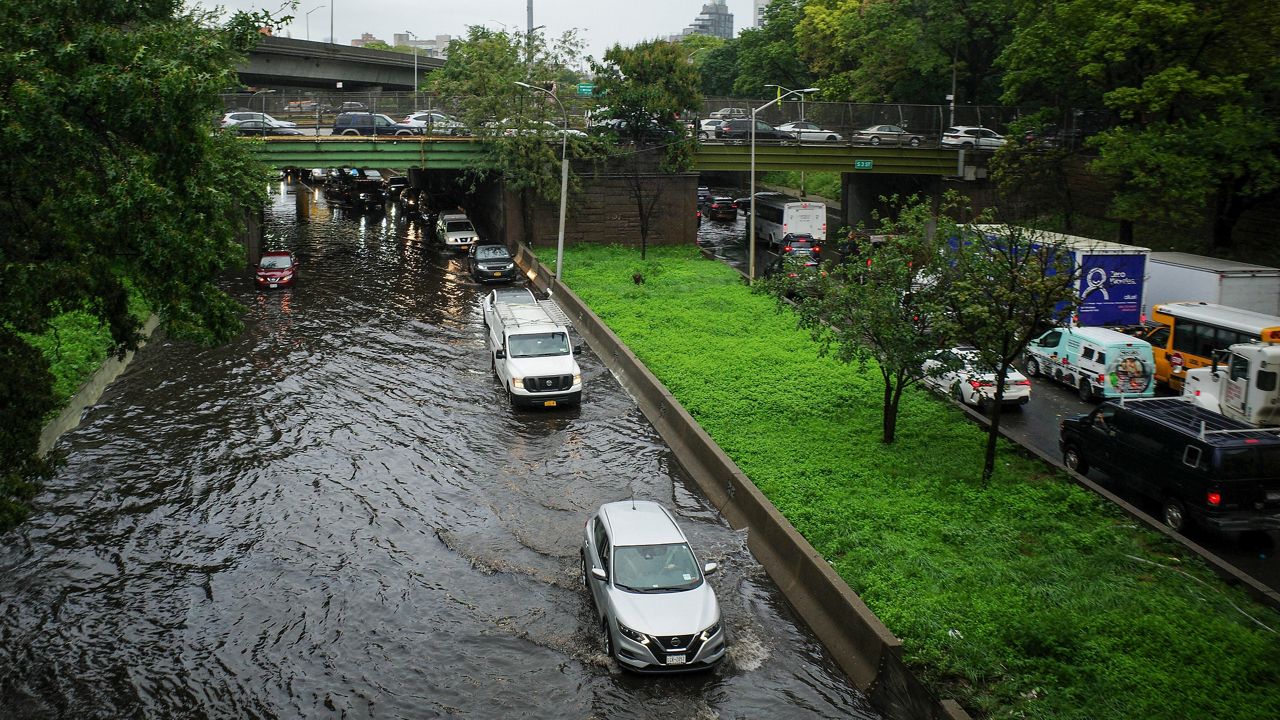A new report is sounding the alarm about the future of housing and climate resilience across the New York City region, warning that tens of thousands of homes could be lost to flooding in the coming years, compounding the city’s housing crisis.
The study, conducted by the nonprofit Regional Plan Association, estimates that as many as 82,000 housing units in the city, Long Island and Westchester County could be lost by 2040, with that number potentially ballooning to 160,000 by 2070.
In total, around 77,300 acres of residential-zoned land in the area could be at risk of flooding by 2040, the study found.
“Suffolk County has the largest acreage of residential districts exposed to future flooding, with approximately 37,800 acres or 10% exposed,” the report says.
“New York City follows, with approximately 20,900 acres of residential districts exposed to flooding, representing 15% of the city’s total,” it adds.
The report found that by 2040, up to 1.6 million people in the region could be living in areas exposed to flooding, including 1 million in “urban core and regional downtown centers.”
The number of jobs located in at-risk areas could also top 1 million, according to the report.
The report comes as the city grapples with a housing shortage that has exacerbated affordability concerns for New Yorkers.
The region would need an additional 1.26 million housing units by 2040 to offset population growth and anticipated losses from flooding, a 24% increase from the current stock, the report found.
But under current zoning regulations, there’s only room for about 580,000 units.
A key finding of the report: Almost all residential land in the study area allows only single-family homes on an as-of-right basis. That includes 100% in New York City, and over 95% in both Long Island counties and Westchester.
Minimum lot size requirements also prevent development on nearly half of underdeveloped suburban land in the area, according to the report.
While Mayor Eric Adams’ “City of Yes” zoning reform plan is set to create space approximately 80,000 new housing units in the city over the next 15 years, the report found that would only reduce the housing gap in the study area by about 11%.
The report calls for strategies that address both climate risk and the housing crisis, including focusing growth on transit-oriented development and mixed-use multifamily buildings, while investing in flood-resilient infrastructure.
In some higher-risk areas with limited growth potential, experts suggest that “managed retreat and reprogramming existing land use” may need to be considered.






